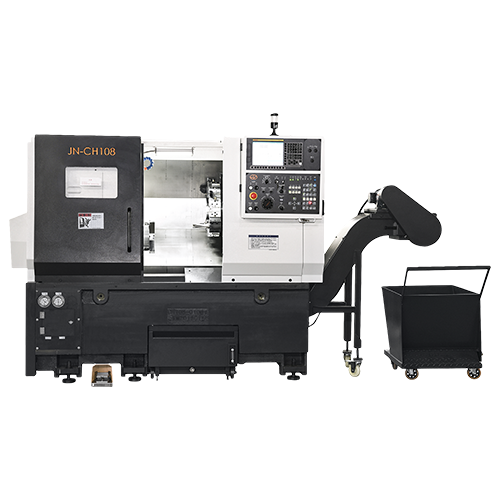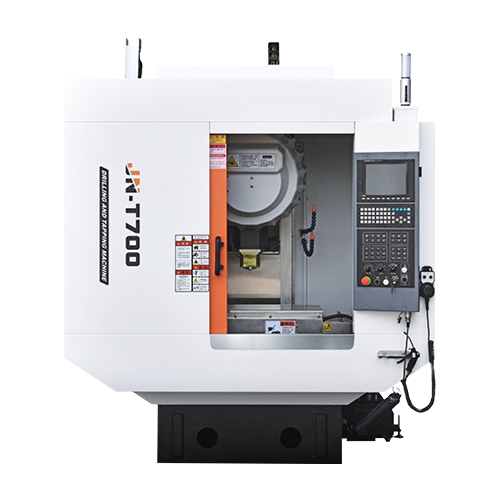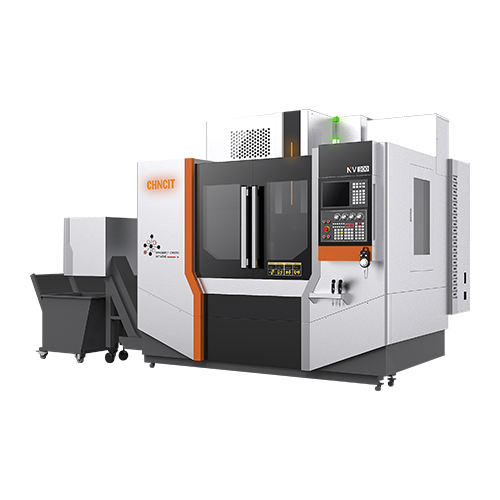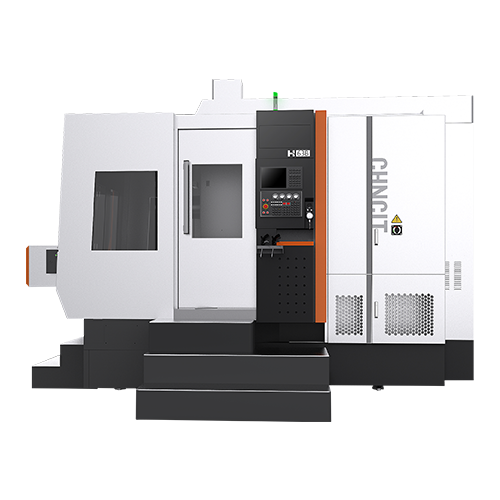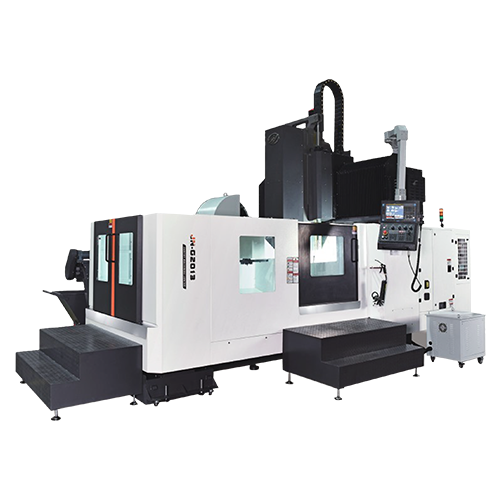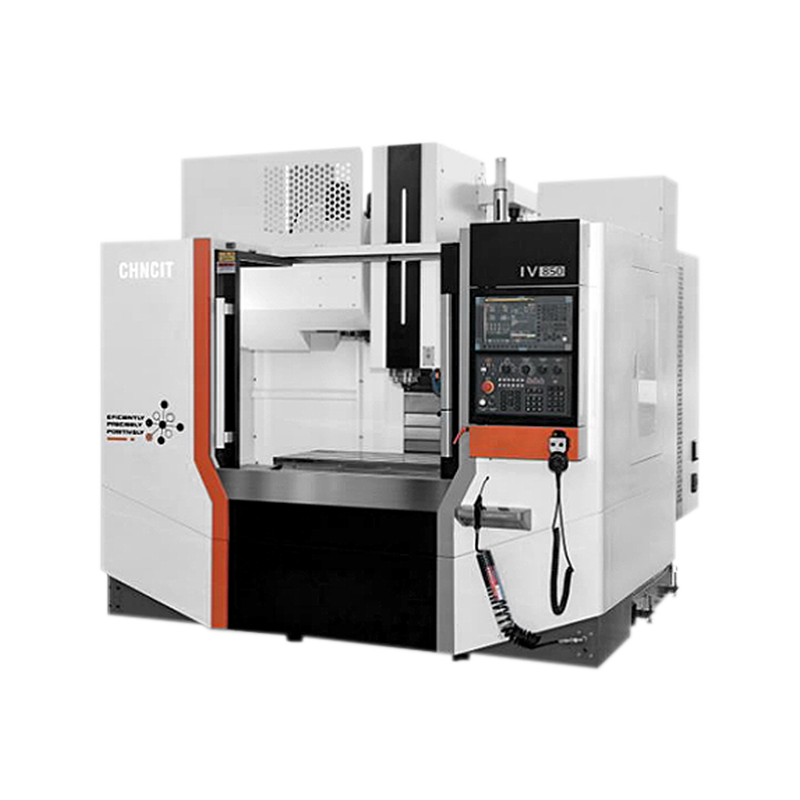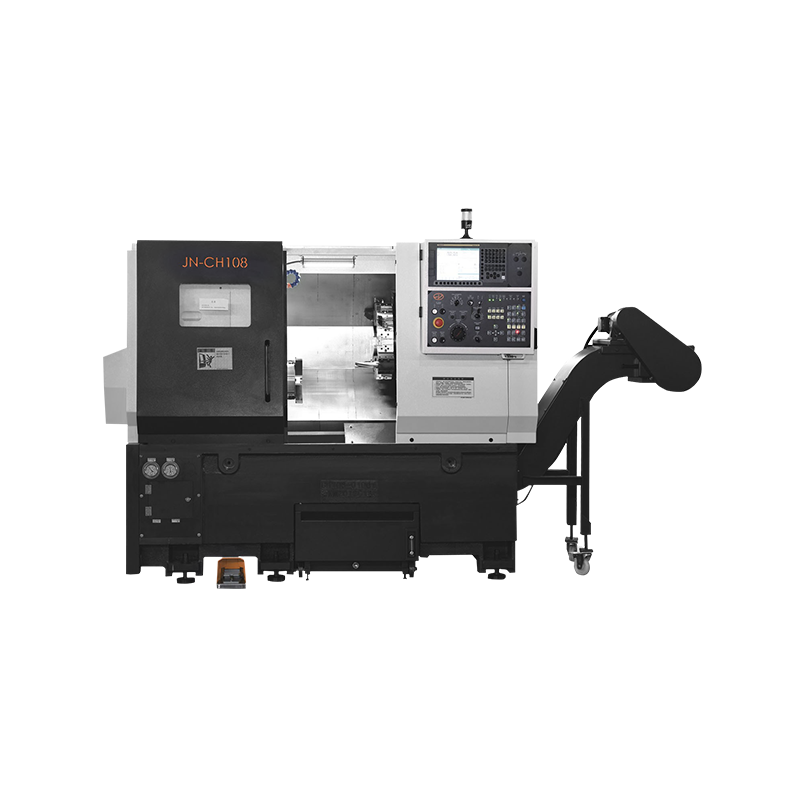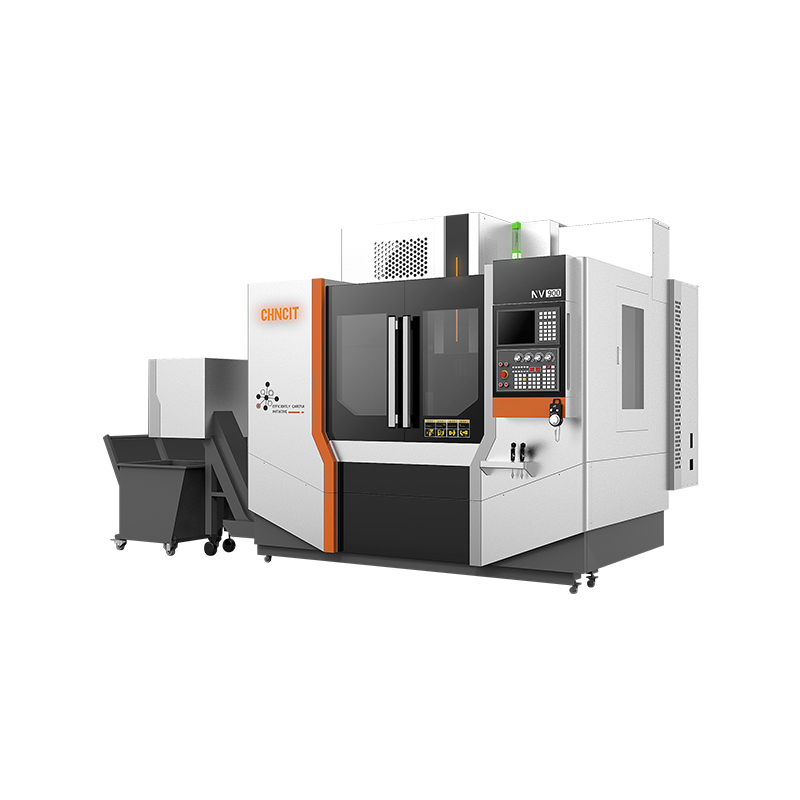-
 WHATSAPP
WHATSAPP -
 INS
INS -
 WECHAT
WECHAT
Smart Sensors Add Intelligence to Lathe and Milling Tools
We have upgraded our CNC lathe and milling machine systems in our CNC Lathe Factory by integrating smart sensor technologies. By embedding intelligent sensors directly into machine tools, we enable real-time monitoring, adaptive control, and predictive maintenance.
1. Why Smart Sensors Matter in CNC Machining
Real‑time feedback from vibration, temperature, acoustic, torque, and displacement sensors converts raw machine behavior into actionable insights.
Such integration transforms a standard CNC lathe and milling machine into a connected, intelligent manufacturing asset.
1.1 Linking to IIoT and Industry 4.0
Smart sensors feed data into our Industrial Internet of Things (IIoT) platform. This connectivity supports automated decision-making and predictive scheduling—boosting productivity and reducing unexpected downtime.
1.2 AI-Enabled Analysis on the Edge
Embedded sensors with edge‑AI capabilities can instantly detect anomalies like tool wear or spindle load deviations and initiate immediate corrective action.
2. Types of Smart Sensors in Our CNC Lathe Factory
To enable truly intelligent CNC lathe and milling machine operations, we deploy a range of sensor types:
Acoustic Emission (AE) Sensors: Detect ultra‑high‑frequency signals emitted during cutting. Ideal for monitoring machining events, tool wear, and even breakage.
Vibration and Accelerometers: Monitor spindle and machine vibrations. These help detect chatter, misalignment, or mechanical wear.
Temperature Sensors: Track critical heat build‑up in cutting zones or bearings. Useful for flagging thermal anomalies that affect accuracy.
Torque Sensors: Measure resistance in spindle loads to ensure cutting forces remain within safe and precise limits.
Capacitive Displacement Sensors: Provide precision measurements of tool position and deflection, improving accuracy in high‑tolerance machining.
3. How Smart Sensor Data Is Used
3.1 Predictive Maintenance & Tool Condition Alerts
Sensor data processed through AI models predicts tool wear or spindle anomalies before they escalate—allowing proactive maintenance scheduling and fewer unplanned stops.
3.2 Adaptive Machining Control
When sensor feedback shows unexpected vibration or temperature rises, our CNC Lathe And Milling Machine control system can dynamically adjust feed rates, spindle speeds, or pause for inspection—ensuring consistent quality.
3.3 Quality and Defect Prevention
Monitoring real-time acoustics and vibration streams allows early detection of part deviation, chatter, or tool breakage—reducing scrap and rework.
4. Benefits Delivered at Jiangnan CNC Lathe Factory
Higher Machining Precision: Early detection and correction minimize dimensional variance.
Reduced Downtime: Predictive alerts reduce maintenance-related interruptions.
Improved Tool Life and Efficiency: Sensors enable smarter tool-change timing and reduced wear.
Enhanced Safety: Monitoring spindle load and heat avoids failure risks and promotes a safer workplace.
5. Implementation Steps in Our Facility
5.1 Retrofitting and New Machine Lines
We outfit both new CNC lathe and milling machine lines and retrofit older equipment with smart sensor suites to capture consistent data.
5.2 Data Pipeline to Analytics Platform
Sensor outputs are aggregated at edge devices and streamed to our central analytics system. Real-time dashboards display spindle health, tool wear forecasts, and cycle trends.
5.3 Feedback Loops for Learning
Insights from production runs feed back into AI models to refine detection thresholds and adaptive control logic over time—making every new job smarter than the last.
6. Sample Applications from Our Factory
High‑Tolerance Aerospace Components: AE sensors and displacement feedback ensure parts remain within micron-level tolerances.
Lot‑Size One Prototyping: On-the-fly adaptive adjustments help reduce trial cuts and physical inspections for small or custom jobs.
Automotive Shaft Series: Torque and vibration sensors optimize feed rates and cutting forces for consistent part quality even across multi-shift runs.
To learn more about our sensor-enabled CNC solutions or arrange a demonstration in our facility, please get in touch. We’re excited to help manufacturers tap into higher precision and smarter machining.

